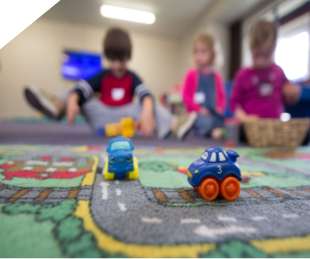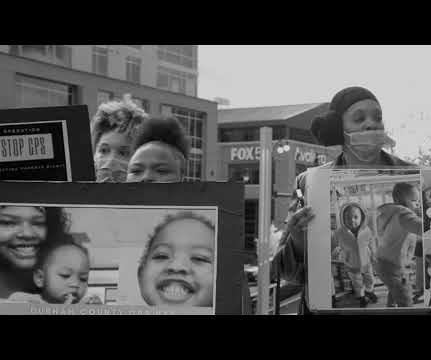NCCPR news and commentary round-up, week ending April 11, 2023
NCCPR Child Welfare Blog
APRIL 12, 2023
And here’s part two , which explains why “creme" is to food what “permanency” is to child welfare: a fake substitute. ● The biggest thing out of all this is anxiety. It all boils down to $$$$$$ I have a blog post about it. This solution, to both homelessness and foster care sounds almost ridiculously obvious. ●















Let's personalize your content